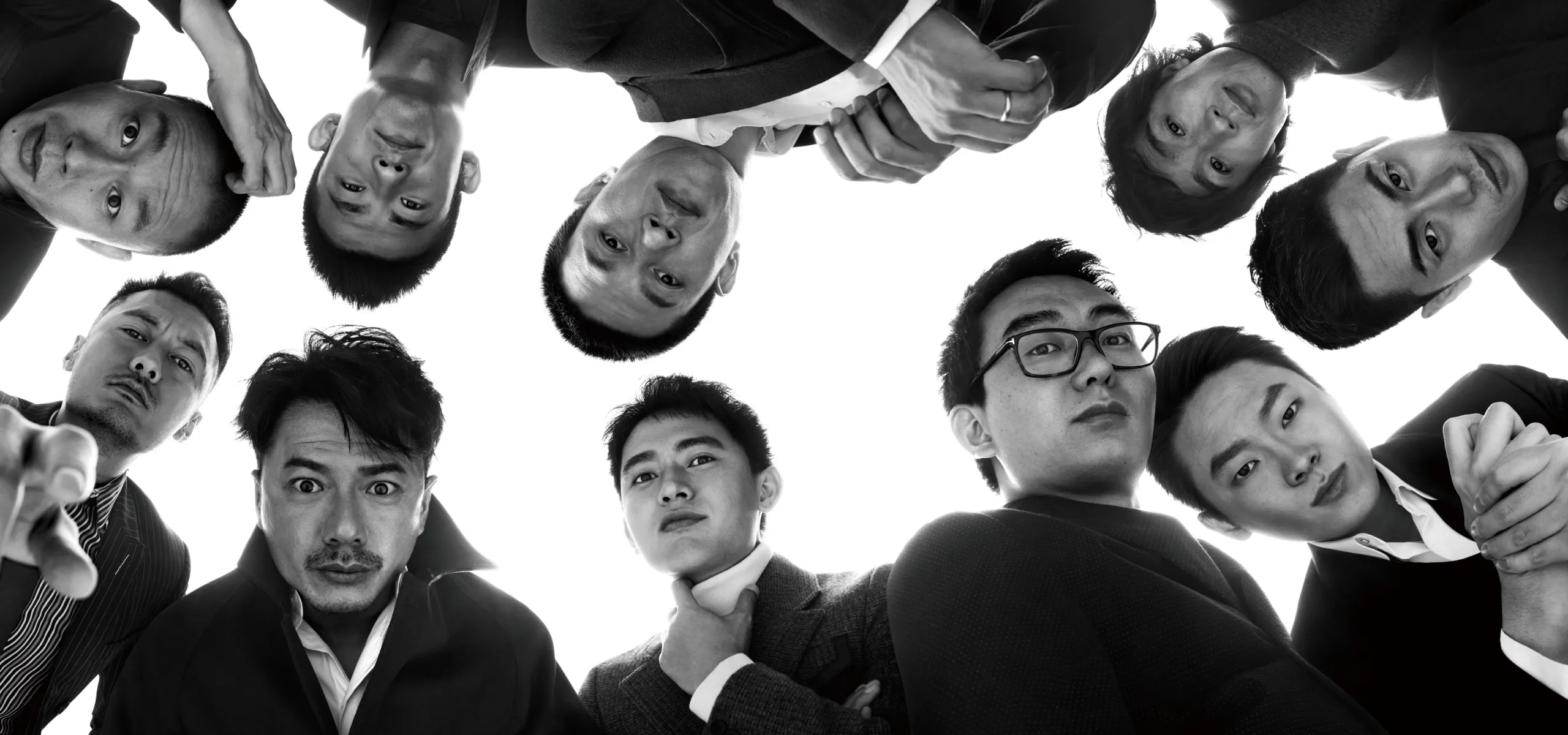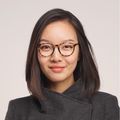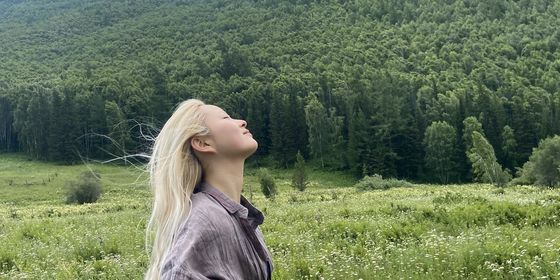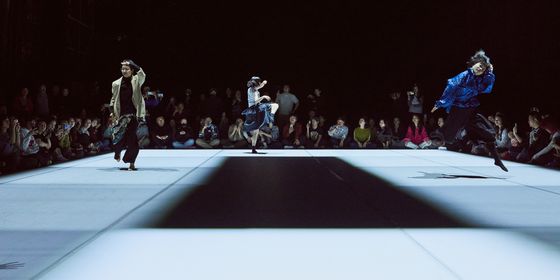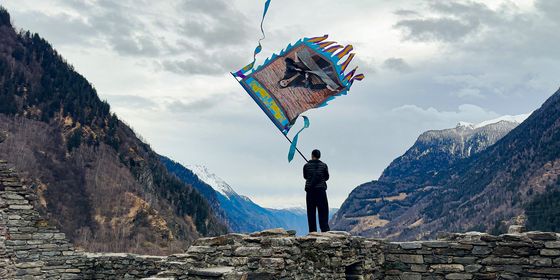Beyond a glitzy career in fashion photography, Li Xiaoliang points his lens at gritty Chinese realities and faded Western illusions
What does it mean to see and be seen? That’s the central question in Li Xiaoliang’s visual works. In today’s “attention economy,” as camera technology rapidly evolves, a person’s image and appearance take on a significance that was non-existent 200 years ago. A photographer with a body of work that is a Venn diagram of art and commerce, Li is keenly aware of the role photography, specifically fashion photography, plays in our lives.
It “has an impact on everyone,” Li tells TWOC. “When everything we see and consume has been edited and retouched, when you see all the beautiful people on social media, you think everybody should look perfect, all the time.” Li tries to capture his subjects authentically with the least amount of artifice, proactively easing the performative response they may have to being seen and photographed.
Li Xiaoliang, also known as Alexvi, is one of the most sought-after fashion photographers in China. He’s the picture of calm when he talks to TWOC, taking time out from installing his latest exhibition, “Three Distances” at Shanghai’s K11 Art Museum, sweeping into view in a black mask and a flowing houndstooth coat. He sat down with TWOC in a corner of the exhibition space, quietly apologizing for his (minimal) tardiness.
Create a free account to keep reading up to 10 free articles each month
Beyond High Fashion: Li Xiaoliang’s New Way of Seeing is a story from our issue, “Sports for All.” To read the entire issue, become a subscriber and receive the full magazine.





